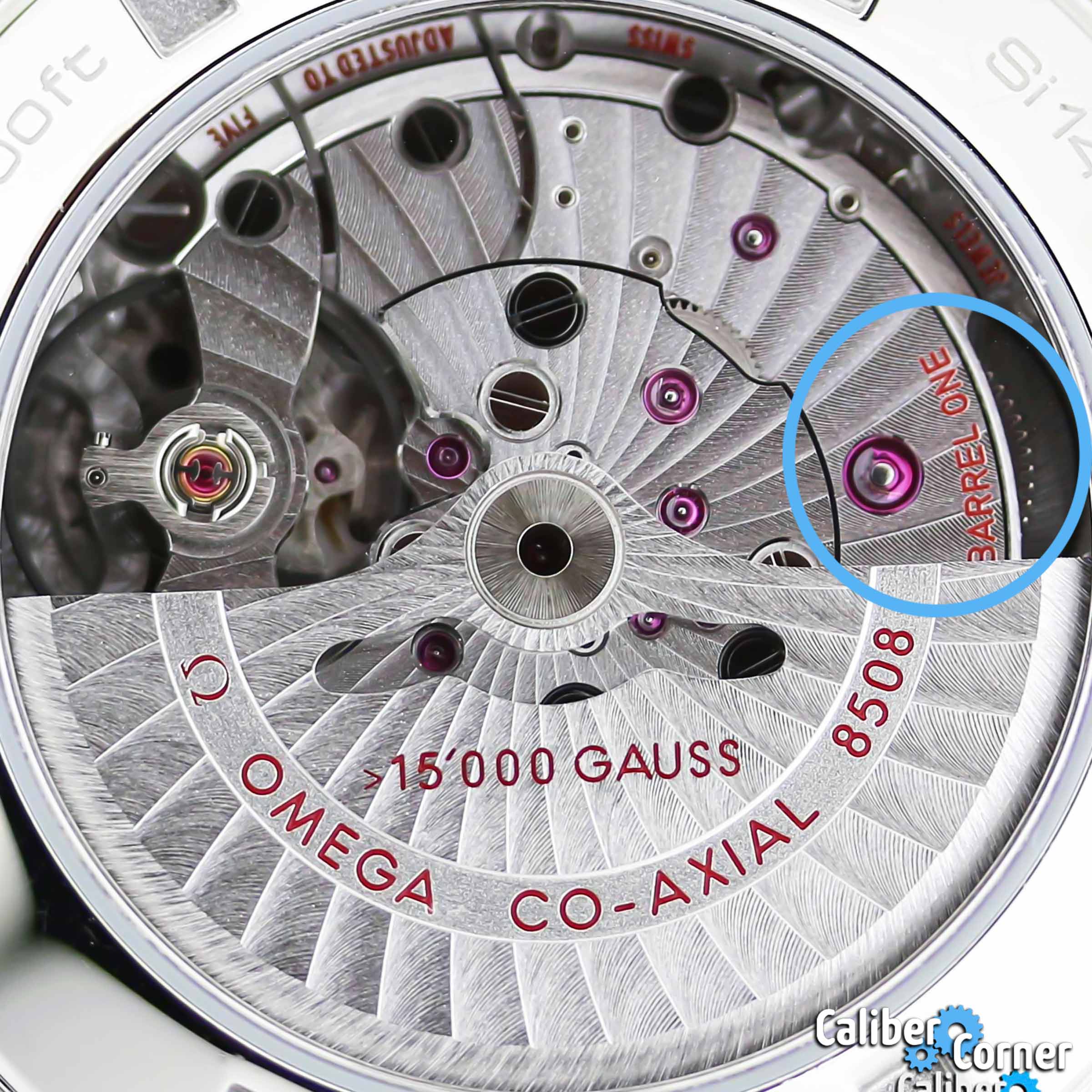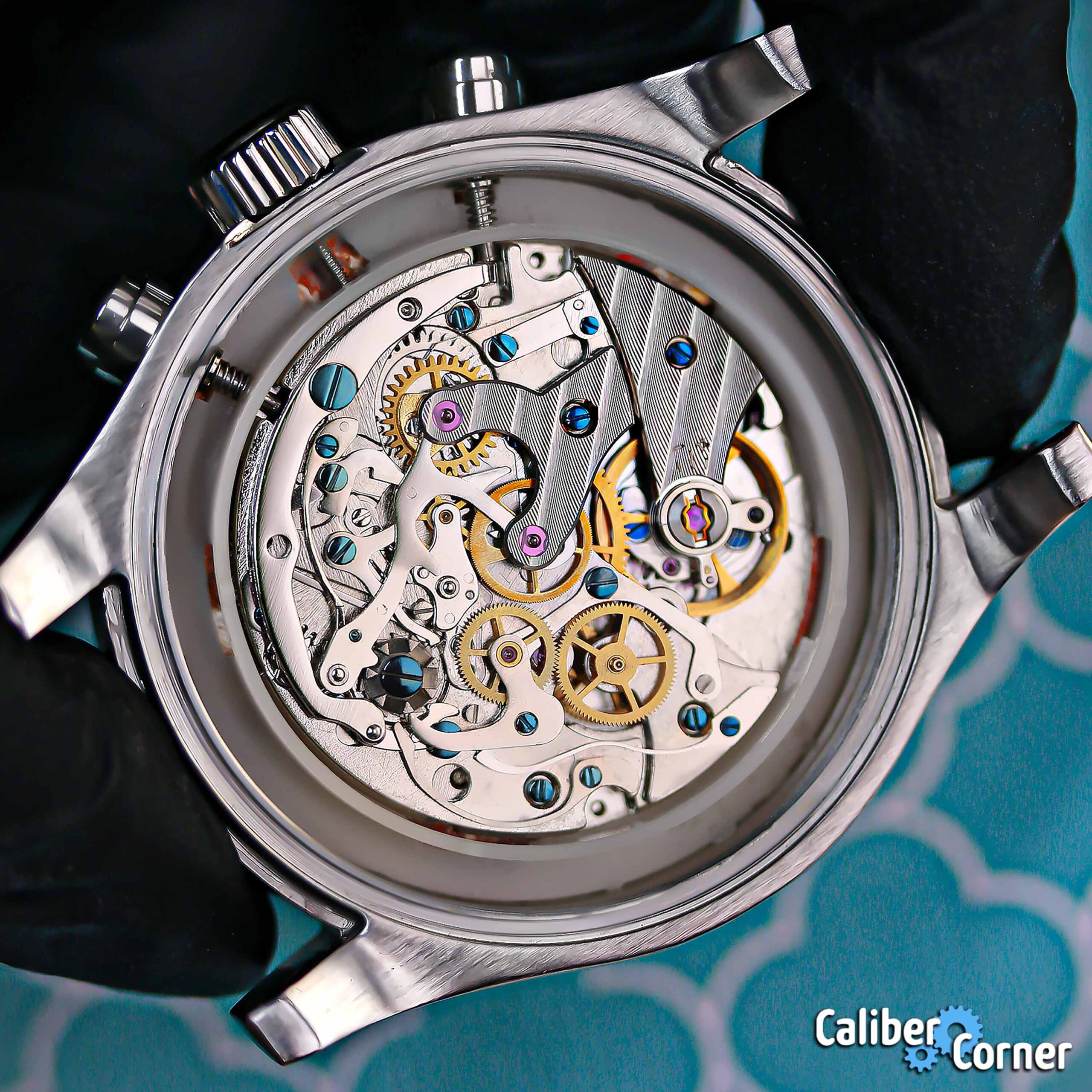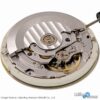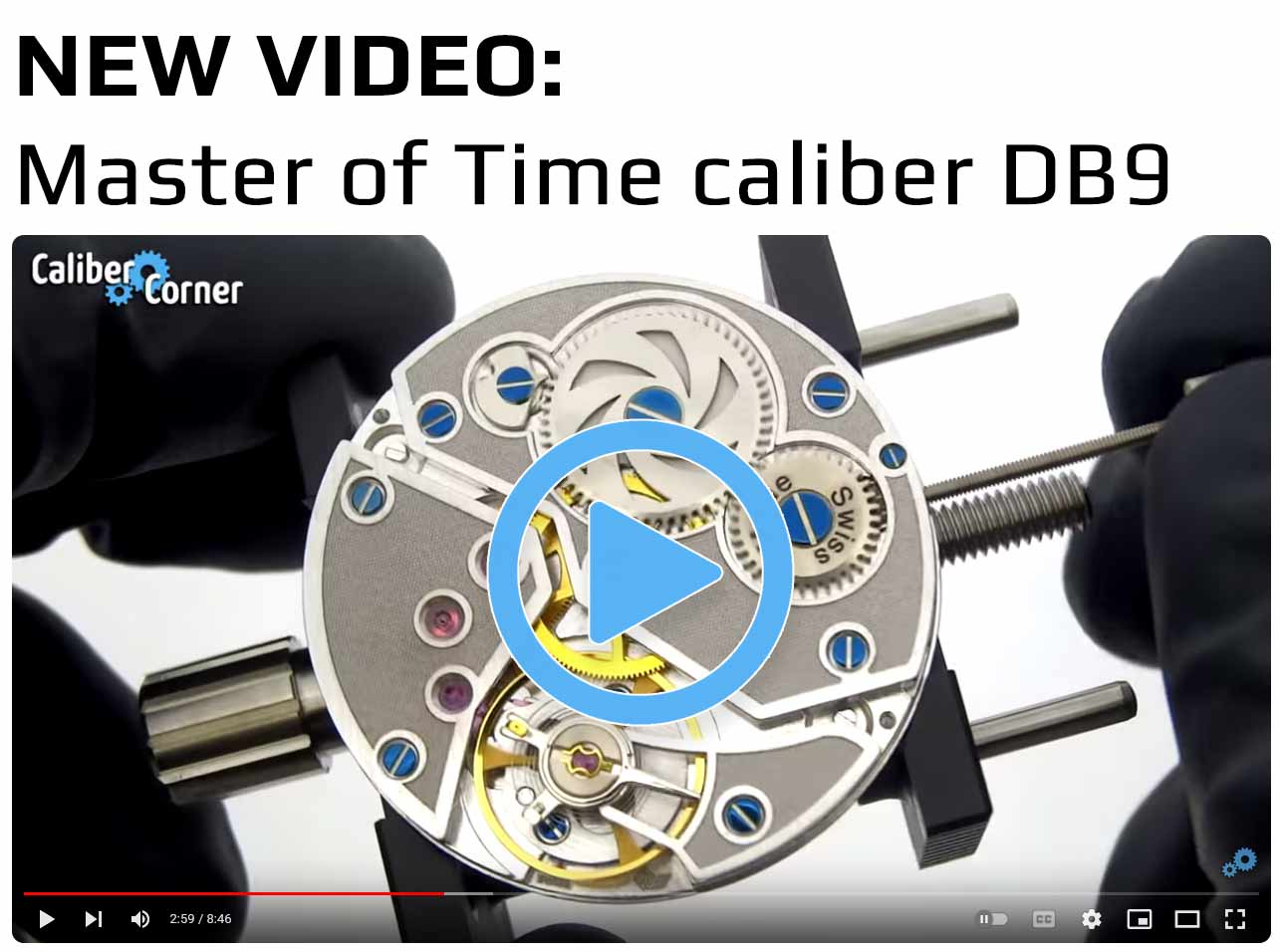Power Reserve refers to the running time of a fully wound mechanical watch (manual-wind or automatic).
For example, if you fully wind your watch and place it on your dresser, how long before it stops running and needs to be wound again – that is the power reserve.
This is determined by the amount of energy that can be stored in the mainspring. The mainspring gets wound up, then as the watch runs down (displaying the time), it eventually stops when all of the tension (stored energy) is released from the spring.
Until recently, the most common length of power reserve was around ~38 hours (an ETA 2824-2 for example) or 46 hours (an ETA/Unitas 6497-1).
With advances in materials and design of mainsprings and mainspring barrels, it has become a trend to increase the power reserve as much as possible. Some watch brands even use this increased power reserve as a main selling point for their models. For example, the Powermatic 80 series of movements offers 80 hours of power reserve. Many of the watches with a Powermatic 80 movement will include 80 in their model name.
80 hours will get your just over 3 days of run time, but there are also watch movements capable of more than that – 5 days, 7 days, and more! The Grand Seiko Spring Drive caliber 9R01 has an 8 day power reserve, and for a purely mechanical movement, the Panerai calibre P.5002 also gives a whopping 8 days of runtime.
Watch brands will often use their extended power reserve as part of their marketing campaigns, boasting that you can take your watch off for the weekend on Friday, and it will still be running when you reach for it again on Monday.
Editor’s Opinion: The above marketing often seems like a desperate reach for anything to set it apart in a saturated market. Why would a brand encourage their wearers to remove their watch for 3 days without enjoying it and potentially showing it to others.
Sometimes, movements will be equipped with two barrels (aka double barrels or twin barrels), housing two mainsprings that work together to provide two times the power reserve. Perhaps the most well-known examples of this are some of the Omega in-house movements that have text engraved on the movement to indicate the location of “Barrel One” and “Barrel Two”.
For instance, the Omega 8508 and 9300 calibers:
One thing to take into consideration when it comes to power reserve is that typically, the higher the beat rate (frequency), the shorter the power reserve. This is why many higher PR watches will run at a slower rate. In cases where the movement has a higher beat rate and a higher power reserve, some compensation needs to occur, such as a redesigned barrel, mainspring material, or use of double barrels.
On that note, now would be a good time to mention the world record holder for the longest power reserve which goes to Vacheron Constantin’s caliber 3610 QP. 65 days! How they were able to achieve this was to include a patented mechanical system that switches between a high-beat 36,000 vph (5Hz) “Active Mode” and a ultra low-beat 8,640 vph (1.2Hz) “Standby” mode.




 network of watch sites
network of watch sites












Recent Comments
is this same as 5j22?
It may well be very real Gucci, and likely is! Gucci is a fashion company…
SNKA05K1-PO
5Y23-6149
Just purchased a Fromenteel Pendulum with this movement.
Hi franklin, the caliber listing was updated above to answer your question.
Were these movements ever made in Switzerland? I have a watch from 2007/2008 with this…